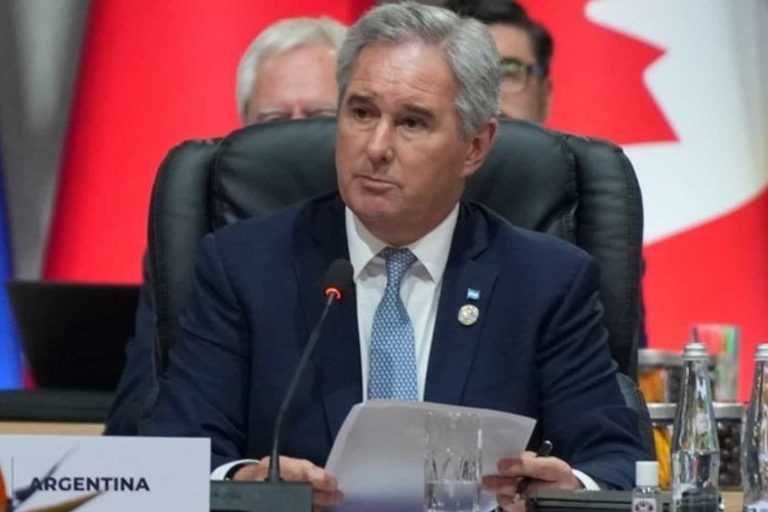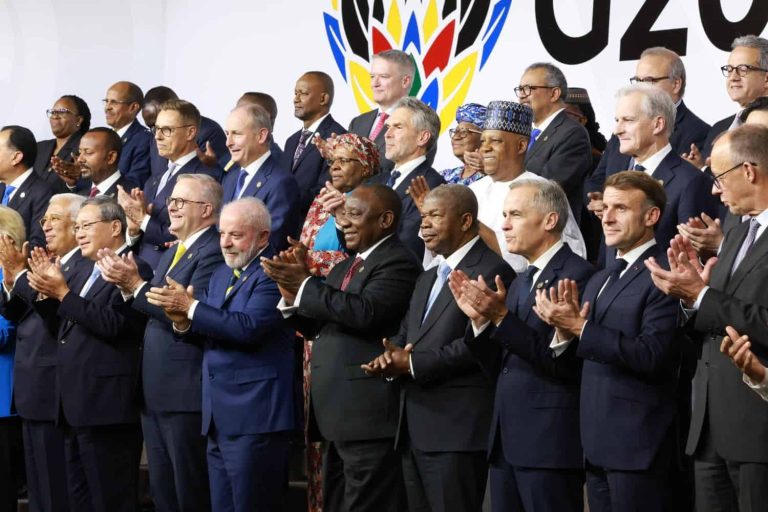
A wave of confusion swept through Nigeria’s power sector on Tuesday following unconfirmed reports that the Federal Government had approved a ₦4 trillion debt refinancing plan aimed at rescuing electricity generation companies (GenCos) from mounting unpaid invoices.
The claim, which went viral across social media platforms, was attributed to a relatively unknown group, PBATSignal2, and alleged that the government had finalised a comprehensive bailout package designed to revive liquidity across the power value chain.
According to the viral post, the intervention would cover legacy debts between 2015 and 2023, with settlements to be made through a combination of bonds, treasury instruments, and phased cash payments. It also claimed that the Ministry of Power and the Debt Management Office (DMO) would jointly oversee the disbursement process.
“Debts estimated at ₦4 trillion, accumulated from unpaid invoices by NBET, created a chain reaction of withheld gas supply, reduced generation capacity, and poor distribution performance,” the post read.
It added that the refinancing initiative would enable GenCos to settle debts to gas suppliers, carry out critical plant maintenance, and expand generation capacity, all in a bid to improve power supply across Nigeria.
GenCos: No Official Word from Government
But the optimism generated by the viral report was quickly tempered by scepticism from industry operators. Speaking to journalists, the Chief Executive Officer of the Association of Power Generation Companies (APGC), Joy Ogaji, said that the GenCos had not received any formal notification about the reported bailout.
“From whom, please? We have not been engaged officially,” Ogaji said bluntly.
“When? How much cash and what are the regulated instruments? These are critical questions that remain unanswered.”
She warned that despite public conversations and presidential pledges, the debts owed to GenCos are increasing every month, with no substantial payment framework yet in place.
“Mere pronouncements cannot pay debts,” she added.
A Sector on the Brink
Nigeria’s power sector has long battled severe liquidity shortfalls, with GenCos and gas suppliers repeatedly flagging the impact of unpaid invoices by the Nigeria Bulk Electricity Trading Company (NBET) and the nation’s distribution companies (DisCos).
The situation has led gas suppliers to scale back deliveries to power plants, a development that is further shrinking generation capacity and worsening the country’s already unstable electricity supply.
Ogaji revealed that some gas companies are owed trillions of naira, a debt burden she says is threatening to collapse the system entirely.
According to sources close to recent meetings between President Bola Tinubu and GenCos, the President has acknowledged the scale of the debt challenge but is yet to authorise disbursement, pending full verification of the claims.
This cautious stance, however, has left power sector operators anxious, especially as the financial strain continues to worsen by the day.
Operators Demand Transparency, FG Silence Deepens Uncertainty
Stakeholders across the electricity value chain have called on the Federal Government to issue an official statement clarifying the status of the alleged ₦4tn refinancing plan.
They argue that conflicting information and prolonged silence from authorities only serve to erode investor confidence in a sector that urgently needs private capital and policy certainty.
“Every month, the debt increases. Without urgent resolution, the situation could escalate into a full-blown crisis that cripples the electricity value chain,” Ogaji warned.
Bottom Line: Hope or Hype?
Until there is formal confirmation from the Federal Government, the widely circulated ₦4 trillion refinancing plan remains unverified.
What’s undeniable, however, is that Nigeria’s power sector stands at a tipping point, caught between crippling debt, gas supply bottlenecks, and stagnant generation capacity.
Without immediate, transparent intervention, analysts warn, the sector’s current trajectory may soon result in wider blackouts, investor withdrawal, and long-term infrastructure decay.



